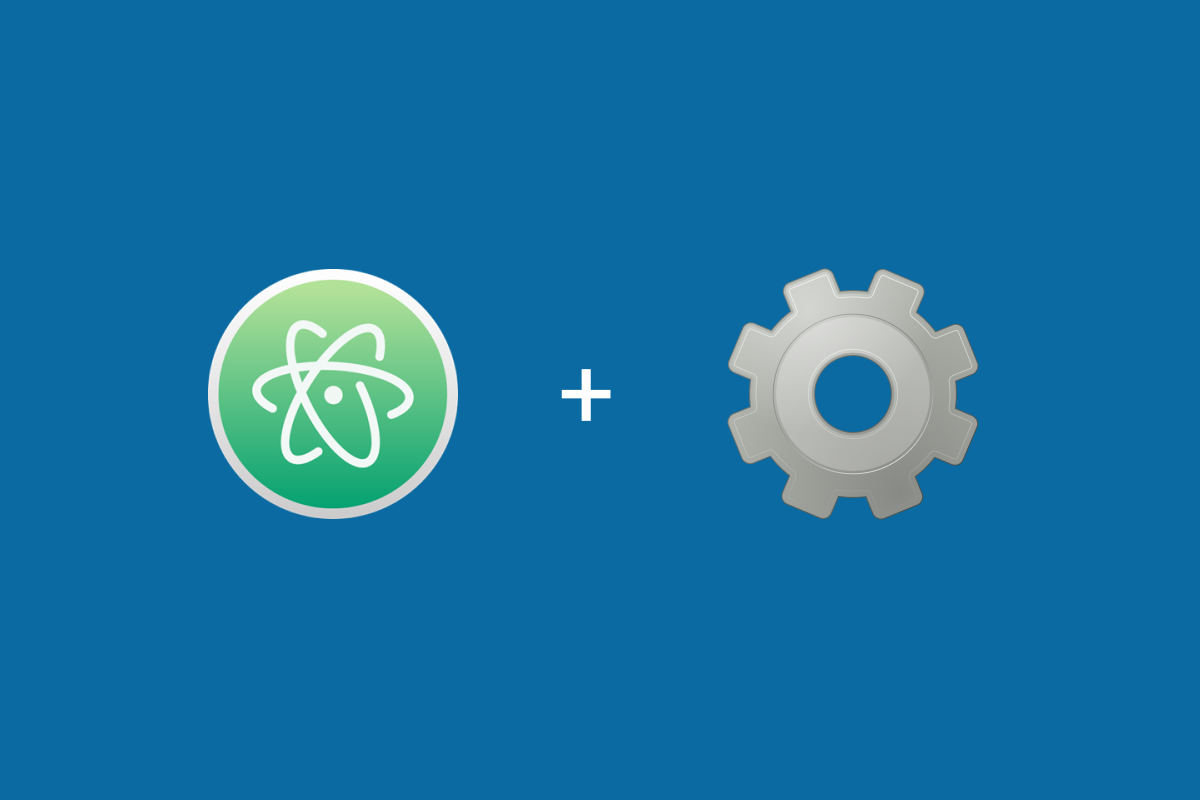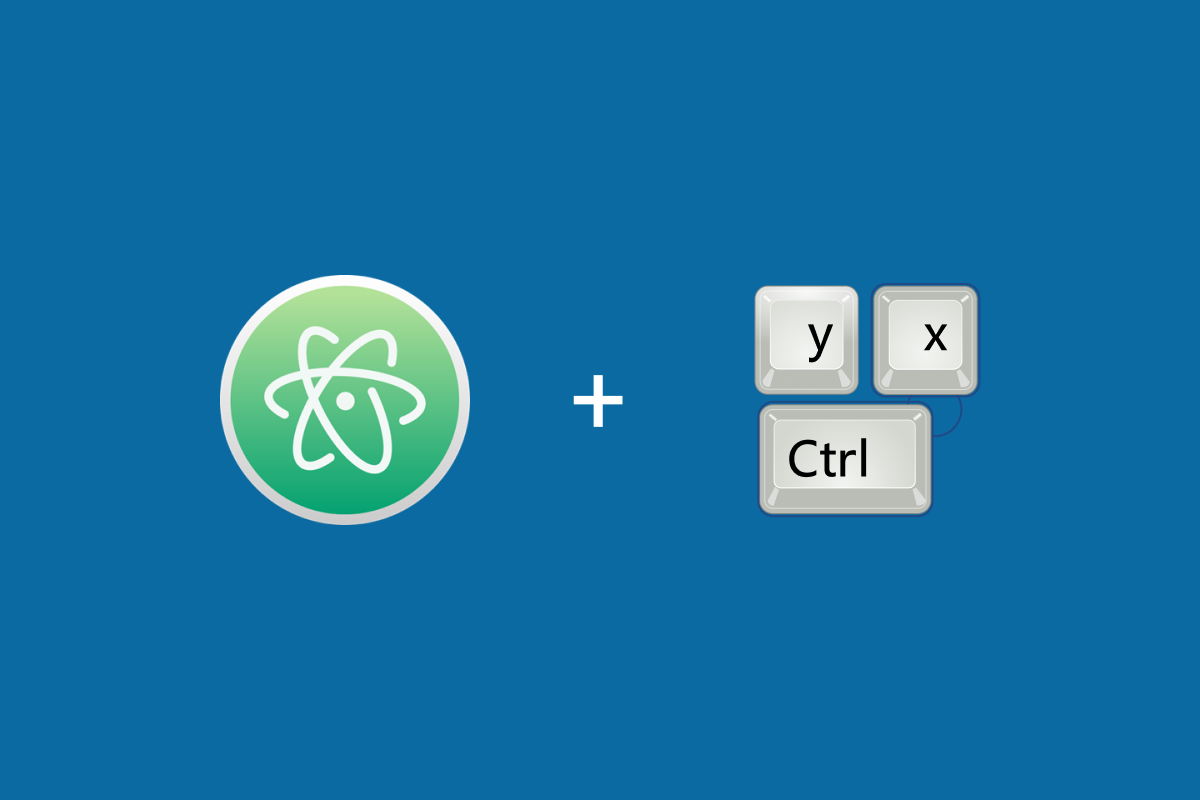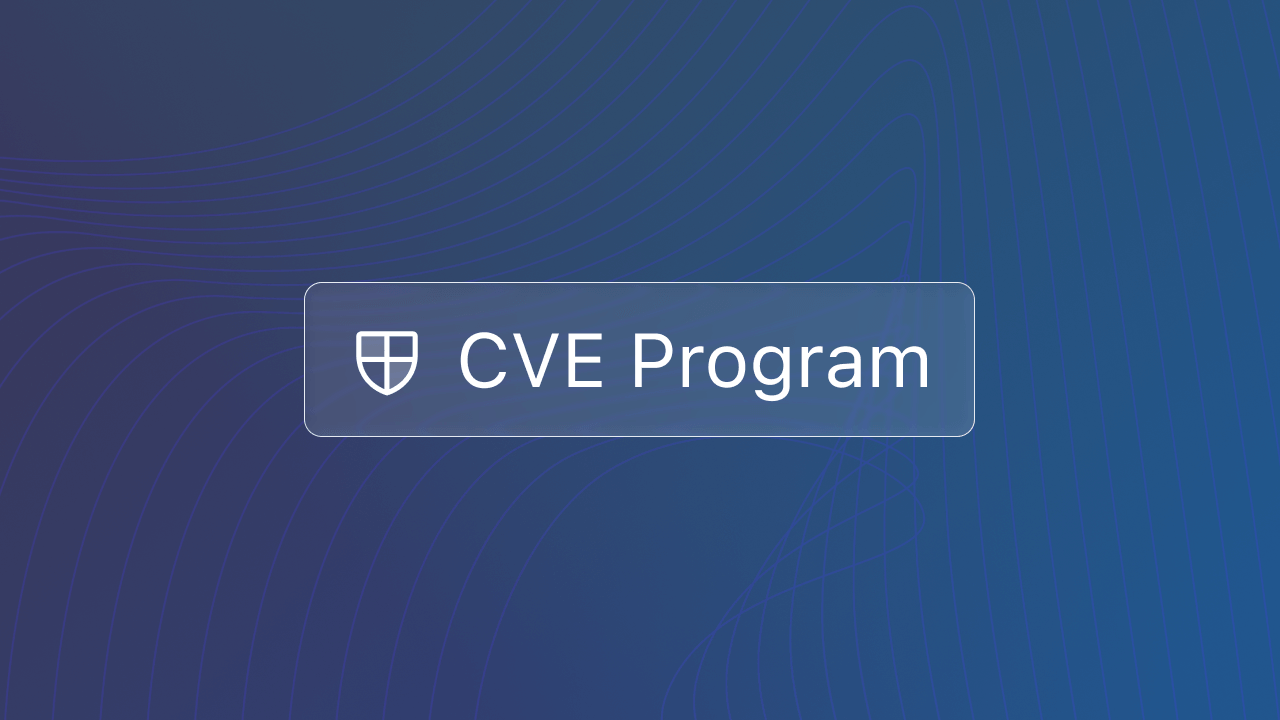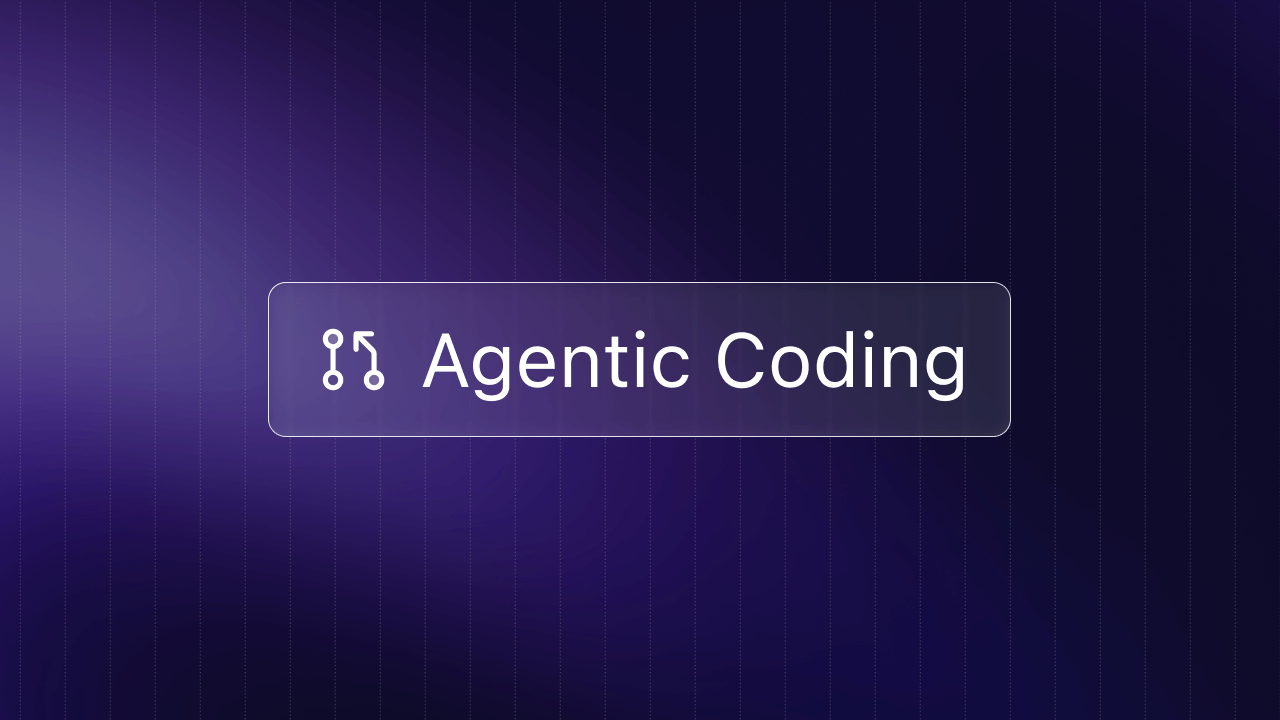Atom is a free, cross-platform and open source code editor developed by GitHub. Released in 2015, Atom quickly became one of the top code editors for developers.
According to the 2019 Stack Overflow Developer Survey, roughly 13.3% of developers use Atom. While its popularity lags behind VS Code (50.7%) and Sublime Text (23.4%), many developers enjoy its hackability and seamless GitHub integrations.
In this guide, you will find:
- 15 Atom packages
- 10 Atom settings to customize
- 15 Atom shortcuts to memorize
Let’s get started.
Top 15 Atom packages

Atom offers more than 8,500 packages to customize your code editor. You can search for new packages on the official Atom package registry.
To install an Atom package, you can use Atom’s package manager via the terminal. Simply run:
apm install <package-name>
You can also use Atom’s GUI to install a package. Open the Settings View with either CMD+, or CTRL+,.
On macOS, you can also navigate to the settings view by clicking Atom > Preferences. On Windows and Linux, you may also click File > Settings.
In the Settings View, click the Install button in the left navigation menu. From here, you will be able to search for packages and themes, which you can then install in a single click.
To get you started, we’ve compiled a list of some of the most useful Atom packages that any developer can use.
1. Git Plus (2.7M)
Git Plus lets developers make commits and other git commands without needing to use the terminal. Once you have the package installed, you can pull up the Git Palette with CMD + SHIFT + H or CTRL + SHIFT + H and search for any Git command that you need, like commit, status, checkout, and diff.
2. Git Time Machine (390k)
Git Time Machine creates a visual plot in your editor that highlights a file’s commit history over time. You can click on or hover over the plot to see more details about each commit and compare it to your current code.
3. Prettier (612k)
Prettier is an opinionated code formatter that works across code editors. Prettier enforces a consistent style across your entire codebase by parsing your code and reprinting it according to its set of styling rules.
To format your code you can either run the command Prettier: Format or you can toggle Format on Save in Prettier’s settings.
If you want to try another popular code formatter, you can check out Beautify (6.9M).
4. EditorConfig (519k)
EditorConfig is a great tool for development teams who want to maintain consistent coding styles across different editors and IDEs. With EditorConfig, you can define project properties such as indent style, indent size, tab width, end of line characters, and trimming whitespace.
All settings are stored in an .editorconfig file, which can be stored in a git repo and made accessible to your entire team.
5. Project Manager (1M)
Project Manager helps keep track of projects in Atom so that you can quickly open, find, and organize your favorite projects.
With your most important projects right at your fingertips, you’ll spend less time fumbling through directories trying to find your work.
6. Todo Show (494k)
Atom can automatically highlight TODOs for you with a built-in package. If you want a richer TODO management tool, Todo Show compiles annotations from your code into a searchable list.
Todo Show comes with a few useful commands to see your TODOs: Todo Show: Find in Workspace, Todo Show: Find In Project, and Todo Show: Find In Open Files.
7. Minimap (5.9M)
While other code editors include a minimap out of the box, Atom requires you to install a separate package. The minimap gives you an overview of your file and where in the file you are currently located.
8. Tool Bar (1.7M)
Tool Bar adds an extensible toolbar to the Atom user interface. This package only adds an empty toolbar, so you’ll need to find other extensions to add shortcuts and icons.
A few packages to populate your new toolbar:
- Toolbar for Atom: adds many commonly used actions
- Toolbar Shortcuts: adds many commonly used shortcuts
- Toolbar Almighty: more commonly used actions
Many other packages will integrate with Tool Bar. Simply search for Tool Bar on the Atom package registry and you will find dozens of compatible tools.
9. Terminal Plus (779k)
Atom does not include a terminal by default, but you can add one by installing one from the package registry. Terminal Plus is one of the more popular terminal packages. You’ll get access to a full terminal with your system’s default initialization files so it behaves exactly like your standard terminal.
Terminals can also be themed, organized, resized, and named.
10. Teletype (950k)
Teletype works similarly to how Live Share works for VS Code. You can share your workspace with team members and collaborate on code in real time—like Google Docs for development.
Sharing a coding session is easy. Simply install the package, generate a link to your portal, and share it with your team.
11. Sync Settings (433k)
Sync Settings lets you synchronize settings, keymaps, snippets, and packages across Atom instances. Your settings will all be synchronized to a GitHub Gist so that you can reference them from any machine. With Sync Settings, you’ll be able to preserve your Atom customizations and personal preferences so you’ll never need to recreate your favorite code editor from scratch.
12. Markdown Writer (685k)
If you write blog posts or documentation frequently, you should install the Markdown Writer package to help you manage your Markdown files. With Markdown Writer, you can create new drafts with frontmatter, generate a table of contents, quickly format text and lists, and much more.
13. Docblockr (723k)
Docblockr makes writing documentation faster and easier. If you start writing a comment above a function or variable, Docblockr can populate your comment with information from your code. If you’re describing a function, Docblockr will add the function name and parameters to your comment.
14. File Icons (124k)
File Icons adds rich icons to your files in the tree view. Similar to the vscode-icons extension for VS Code, File Icons provides visual cues to make finding file types easier and more efficient.
15. Code Time (2.5k)
Code Time is our automatic time-tracking extension for Atom. The in-editor dashboard shows you daily and weekly reports of your programming activity right in your code editor. In the Atom Status Bar, our Code Time extension displays real time metrics—like hours coded per day and daily average—so you can see how you’re tracking.
Visiting the web app gives you access to even more interesting data visualizations. See your 90-day coding heatmap, code start times, work-life balance, top projects, and more.
10 Atom settings to customize

All Atom settings can be edited via the Settings View. Similar to how you install a package, open the Settings View with either CMD+, or CTRL+,.
In the left navigation menu, select either Core or Editor. Core settings change behavior unrelated to text editing. Editor settings affect text editing functionality.
Core Settings
1. Close Deleted File Tabs
Close corresponding editors when a file is deleted outside Atom. Atom’s default value is false.
2. Close Empty Windows
If set to true, when a window with no open tabs or panes is given the Close Tab command, Atom will close that window.
3. Reopen Project Menu Count
Specify how many projects to show in the recent project menu. Atom’s default value is 15, but if you often jump between many projects, you should consider increasing its value to 20 or 30.
4. Restore Previous Windows On Start
If set to true, Atom will restore your previous windows when you open Atom. If you prefer a clean slate when opening Atom, change this value to false.
Editor Settings
5. Show Indent Guide
Shows indentation indicators in the editor. Atom turns this feature off by default, but indicators can make complex code easier to navigate. Set this value to true if you want indent guides.
6. Soft Wrap
If set to true, Atom will wrap lines of code that exceed the length of the window. If you dislike horizontal scrolling, soft wrap can help keep all your code within view.
7. Soft Wrap at Preferred Line Length
Instead of wrapping lines to the window’s width, you can choose to wrap lines to the number of characters defined by the Preferred Line Length setting (highlighted below as #8). If you enjoy using Atom on a wide monitor but don’t want your code to fill the entire width of the editor, you can set a maximum line length.
8. Preferred Line Length
As noted above, this setting Identifies the length of a line which is used when wrapping text with the Soft Wrap At Preferred Line Length setting. Atom’s default value is 80 characters, but you can increase that number if you use a wide screen.
9. Tab Length
Determines the number of spaces used to represent a tab. Atom defaults to two, but some developers may consider changing it to four, depending on their team’s preferences.
10. Scroll Sensitivity
Determines how fast the editor scrolls when using a mouse or trackpad. Atom’s default value is 40, but can it can be increased up to 200.
15 Atom shortcuts to memorize

Atom includes tons of shortcuts that make it easy to manage your code and navigate around the editor. Learning just a few helpful shortcuts can boost your productivity and supercharge your development workflows. Here are a few shortcuts to get you started.
1. Command Palette
CMD + SHIFT + P or CTRL + SHIFT + P: Opens a search bar for you to find and run any command.
2. Find in current file
CMD + F or CTRL + F: Locates a search term in the currently opened file.
3. Find in project
SHIFT + CMD + F or CTRL + SHIFT + F: Locates a search term in the current project.
4. Find and open a file
CMD + P or CTRL + P: Opens a search bar at the top to quickly find files.
5. Open a project
CMD + SHIFT + O or CTRL + SHIFT + O: Shows the Open Folder dialog to give you quick access to your projects.
6. Open developer tools
OPT + CMD + I or CTRL + ALT + I: Opens the Chrome Developer Tools and console.
7. Toggle Tree View
CMD + \ or CTRL + \: Open and close the tree panel.
8. Split editor
CMD + K up/down/left/right or CTRL + K up/down/left/right: Open a new editor in the specified location.
9. Cycle tabs
CTRL + TAB: Quickly cycle through tabs in the current editor.
10. Browse open files
CMD + B or CTRL + B: Open up a list of tabs in the current editor. You can navigate the list to switch tabs.
11. Comment selection
CMD + / or CTRL + /: Comment or uncomment the current selection or line.
12. Select same words
CMD + D or CTRL + D: If you select a word, Atom will select the next same word with this command. If you type, you can replace all selected instances simultaneously.
13. Select all the same words at once
CMD + CTRL + G orALT + F3`: Selects all matching words at once.
14. Trigger suggestion
CTRL + SPACE: Force Atom to suggest an autocompletion.
15. Go to matching bracket
CTRL + M: Cursor jumps to matching bracket.
If you’re looking for more shortcuts for macOS, Windows, and Linux, check out this cheat sheet on GitHub.
What’s next?
Now that you know your way around Atom’s packages, settings, and shortcuts, you are one step closer to becoming an Atom power user.
Thinking about switching code editors or want to try something new? Check out our guides to Sublime Text and Visual Studio Code.





